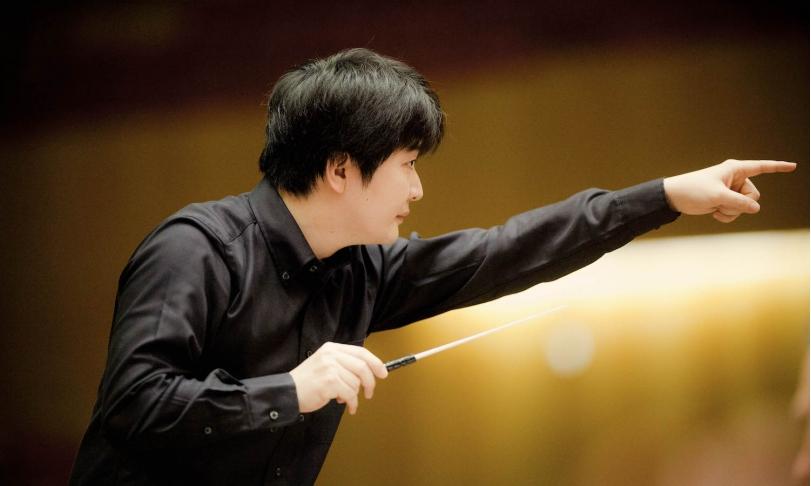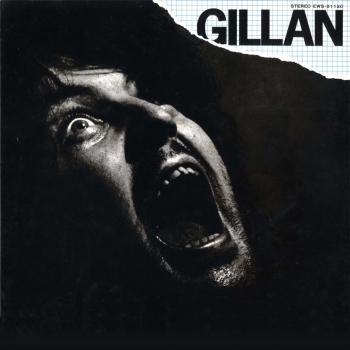
The bright, sparkling, filmily floating sound of the Orchestre de la Suisse Romande, the OSR, was stylized by the genius Decca sound technicians in the fifties and sixties as the recognition mark of the ensemble based at Lake Geneva. By this specific sound the OSR clearly contrasts soundwise with the dark, velvety sound of The Vienna Philharmonic (VPO). The difference between the respective ensemble-sound captured by Decca was so striking that a brief listening to a Decca record sufficed to identify the OSR or the VPO. The then chief conductor and founder of the OSR, Ernest Ansermet, went one step further through the clarity of his interpretations of especially the French repertoire and the music of Stravinsky in characterizing and shaping of the OSR brand. These truly glorious Decca times have made a strong on the OSR’s appearance, and even today, after more than fifty years and a completely rejuvenated ensemble, the glamor of the brand OSR is unmistakable, or better: not to be overheard.
The originally bright, sparkling, filmily floating sound of the OSR has gained in substance and warmth through the recording technology of the label Pentatone, a star in the sky of digital recording competences. The fact that an orchestra, which is true not only of the OSR, retains original sound characteristics over decades, in spite of the inevitable personnel change is certainly one of the miracles of symphonic orchestral culture. The fact that this is true of the OSR, despite its strongly fluctuating history following to the death of Ansermet – not always the choice of the chief conductor and the management of the financially not always stable ensemble has been a happy one – is an even greater miracle. And just now, the OSR is once again on the brink of overcoming hard times without a chief conductor and an unstable management, with Jonathan Nott as new chief, who had succeeded the Bamberg Symphonic Orchestra to take unheard of heights in the past 16 years, signalizing better if not again glorious times.
That the OSR's sound and the sentiment of the troupe in the time without a chief conductor had not been impaired among others is due to the young Kazuki Yamada, who, in addition to major engagements in his home country Japan, is Principal Guest Conductor of the OSR as well as chief conductor of the Orchestre Philharmonique de Monte-Carlo. With symphonic pieces of Roussel, Poulenc and Debussy, Kazuki Yamada is strictly walking on the Romanic path of the OSR’s first chief conductor Ernest Ansermet. While the latter presented the compositions of the French colorfully but relatively soberly, these compositions, under the direction of the Japanese, do come emotionally into their own, without losing their special, typically French ease. Compared to the time of Ansermet, the OSR is today the audibly more precise acting orchestra, which ultimately benefits the sometimes floating ease of the pieces on this album. In a nutshell, Kazuki Yamada is enjoying the highlights of the game without killing his powder.
One cannot fail to describe the performance of orchestra, conductor and sound engineers on this album as adorable. All those involved can be proud to rescue the originally bright, sparkling, filmily floating sound of the OSR, stylized by Decca as a brand, into the new century and to have refined the sound in favor of substance and warmth. The high-resolution download does everything else to make this album highly recommendable.
Orchestre de la Suisse Romande
Bogdan Zvoristeanu, concertmaster
Kazuki Yamada, conductor












